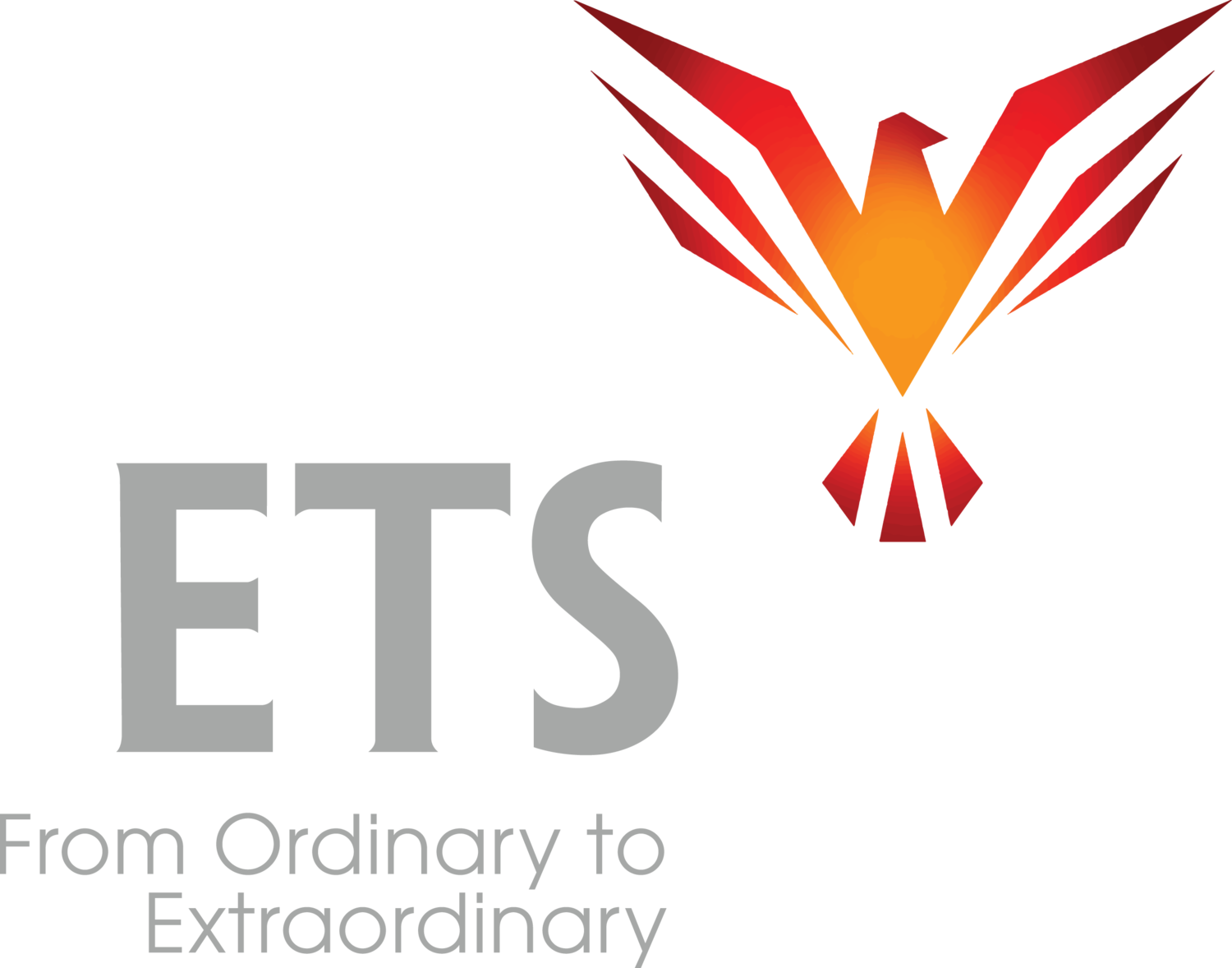Mara’s first “practice run” of her presentation in the workshop rubbed everyone the wrong way. She was too forceful. And her voice had an edge to it.
I asked her what she was doing and Mara said, “My audience is somewhat closed to what I’m presenting. This is a big deal and I need to persuade them. A lot’s riding on it.”
Mara’s story highlights the importance of being able to communicate effectively with someone you anticipate will be closed or skeptical. Especially when a lot is riding on it.
When you allow yourself to focus your attention on the expected skepticism, it changes you. You are now talking to their skepticism, not to them. You start to resist the other person. You may even feel you need to overcome their skepticism.
The kiss of death is when you start to feel the need to convince.
This is guaranteed to bring out the worst in you.
Many people are not able to “be there” comfortably and face a person or group they assume will be closed or skeptical.
Receptive means willing to receive or accept.
You create receptivity.
Whether your audience is 1 or 100, you have no chance of opening them up and making them receptive unless you can be there comfortably and face them.
The ability to comfortably face another person is one of the highest communication skills there is. There are a thousand ways to run away from it.
One person wrote me that her boss is really difficult to communicate with, and so she imagined she was talking to her cat while she looked at and talked into the camera during their virtual meetings. She said that really helped her.
Well, okay. I can imagine that it would be more comfortable than thinking she was talking to a boss she didn’t like, but it’s a long way from being aware of the real person who IS there, a long way from being able to be comfortable, and face them in the moment, with the full power of your awareness.
In Mara’s case, it was even worse. People create anxieties and problems, and make it difficult for themselves to face others, when they anticipate what’s going to happen, rather than being in the moment.
In the corporate world I live in, people are constantly anticipating. This keeps them on edge, slightly anxious. Rarely in the moment.
When you worry someone will be closed, skeptical, stubborn, or any of a hundred other adjectives, you’re anticipating.
That anticipation alone is enough to change you, to make you try to convince, resist or overcome. This only makes the other person wary, closed, skeptical or stubborn.
Only when you are fully in the moment and aware are other outcomes possible. The truly positive outcomes. The happy transformations.
In other words, you will be most creative, most powerful, when you are in the moment.
That’s what Mara did with her real audience (which was about as closed, skeptical and stubborn as they come). She emailed me this morning:
“We had this morning the meeting and it REALLY worked! I kept looking into the camera and had a very relaxed voice and they fully opened up… we had phenomenal interaction and are having a next meeting and I have all required information we need to make that successful! THANK YOU!!!”
Notice your conversations this week…
How much of the time are you anticipating what’s going to happen?
See if you can stop the mental noise and just be in the moment with that person or group. See if you can sustain it throughout your meeting or conversation.
Get ready to be surprised.
Let me know what happens.
Be the cause!




